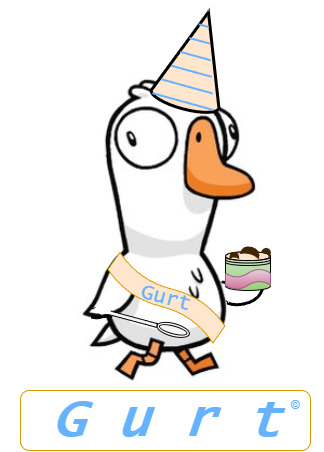About Gurt
Gurt was originally intended to be created as a very basic language for a project in my programming language design course at York College of Pennsylvania and was initially designed in the Fall of 2023. However, the project evolved into much more. Gurt is now a functional programming language, programmed in Python, based off of a mix of the core concepts behind the design of JavaScript and Python. Gurt can currently be used for very basic programs and has been designed with the goal of being used as a tool to introduce those new to programming to the core concepts such as data types, loops and branches, and functions. Unfortunately, the language is no longer being developed as I have decided to move on to other projects. However, the language is fully functional, and can be used by cloning the project and following the steps found on the project's GitHub Repository.
